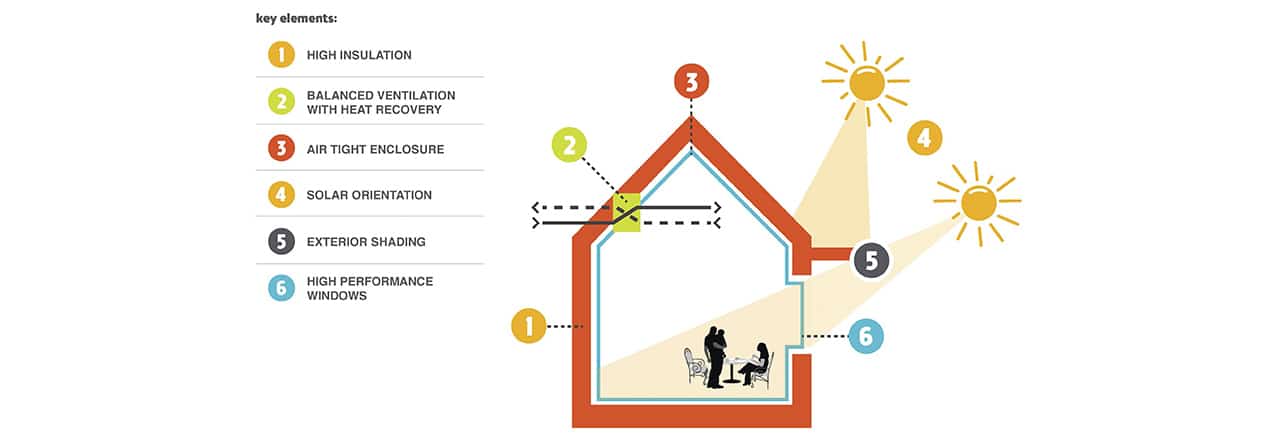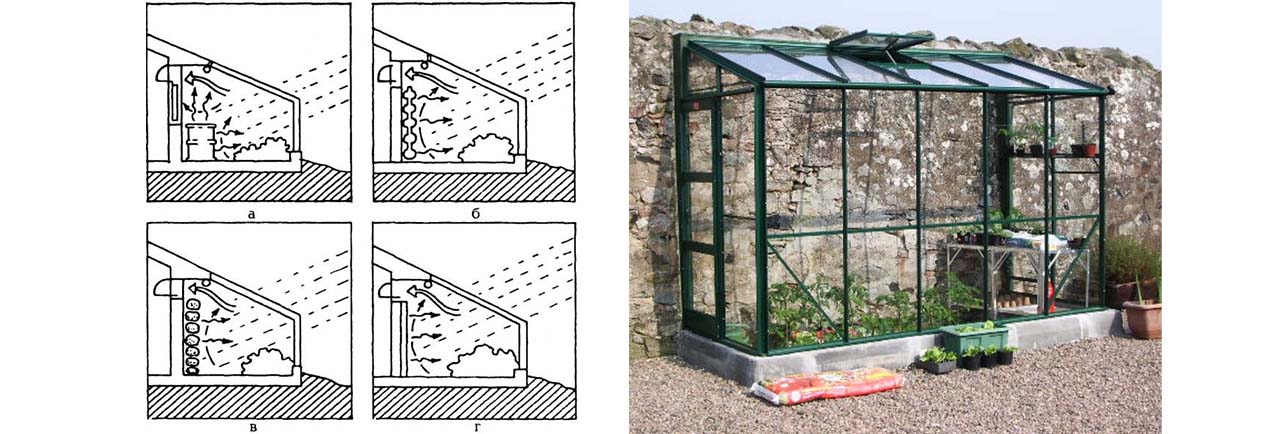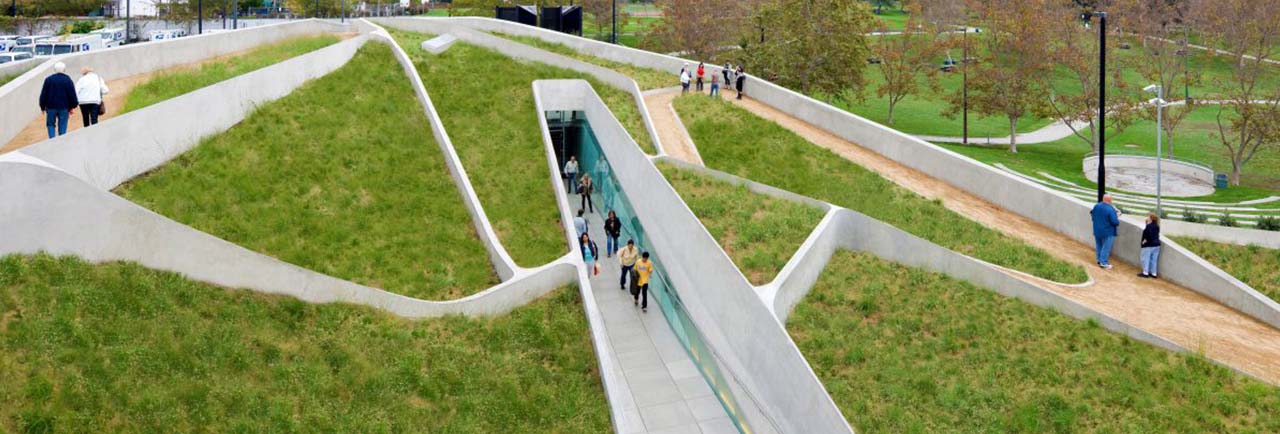The world is tirelessly looking for ways to reduce carbon dioxide emissions into the environment, so the construction of passive “eco-houses” is becoming a priority for many countries. Moreover, if until recently the concept of conscious consumption was associated with something niche by most, now there is a young trend that has much hype. Passive houses have a very low energy loss due to the use of passive methods of energy save (insulation materials, innovative engineering and architectural solutions). Energy-saving, as well as renewable energy, is our nowadays and future.
Avenston also keeps up with world trends and provides highly qualified services for energy efficient construction of facilities. We build energy supply systems for offices, warehouses, shops and other commercial buildings according to customer designs.
In Europe, passive buildings are that consume less than 15 kWh/sq.m per year (Fig. 1).

Building energy efficiency
In European countries, it is necessary to indicate in the passport of each building its energy efficiency class so that it is easy to calculate the cost of maintaining the building.
| Type of building | Energy consumption (kW*h/m2 per year)2 в рік) | Legislatively permitted in Europe (year) |
| Old building | 300 | ≤ 1970 |
| New building | 150 | 1970 — 2002 |
| Low-energy house | 60 | 2002 — 2019 |
| Passive house | 15 | 2019 — 2020 |
| Zero-energy building | 0 | no restrictions |
| Active House | produces energy | no restrictions |
In Ukraine, the building of energy-efficient houses begins to develop actively. However, most new buildings correspond to the “new buildings” class, which means that the annual heat loss is approximately 150 kW*h / m2. Such a dwelling not only harming the environment but also much expensive for operation.
European Union Directive 2002/91 / EC on Energy Performance in Building (EPBD) obliges all EU member states to build new buildings with zero energy consumption. What is needed for that? The experts have developed a sufficient number of energy-saving materials, architectural and technological solutions. Below are described some more details.
Basic principles of Passive House Design
It is not obvious but the Passive House construction costs not much higher than the cost of construction an ordinary building (from 3 to 7%). Because the project of a passive house includes the implementation of architectural techniques that allow you to capture and accumulate a large amount of heat from the environment.

The main task for engineers is to develop constructions for unobstructed sunlight getting into the building in winter, and storing it in the form of heat. First, you need to think about how to keep the heat and not let it out through the ventilation, which should be present in every room.
Solutions that help design a passive house divided into several subsections. Which also use for the design of the zero-energy building:
- Landscape planning decisions;
- Space-planning decisions;
- Energy saving glazing of the building;
- Energy storage solutions;
- Thermal insulation solutions;
- Engineering solutions and renewable energy;
Below we consider each item separately.
Landscape Planning Solutions
Landscape planning is the spatial and temporal location of a building in a landscape, taking into account the goals set. For our region, the fundamental principles are:
- wind protection by the absence of windows on the north side and the presence of a fence with other buildings or trees;
- absence of shading objects on the southern facade and the presence of large windows.
Figure shows an example of these principles application. The northern facade of the building has no windows and protected by trees. Inside the house are buffer zones (not living rooms). Building is open to the sun and has enough windows on the south side.
Space Planning Solutions
Space Planning means the location and layout of buildings to deal with the accordance with economic, functional, technical and architectural-artistic requirements.
First, the building should have a compact shape, for example, the shape of a hemisphere (considered the most energy-efficient). Of course, you should avoid designing corners, balconies or think about how to avoid heat loss, if you cannot do without them.
The rooms usually divide into residential and buffer (auxiliary) zones. Moreover, the auxiliary zones are located on the north side, where the temperature can be lower than in residential ones. However, residential areas should, of course, be located in the southeast.
Architectural elements are significant in protecting buildings from the summer sun and from the winter wind (peaks, canopies, barriers, etc.).
Energy Saving Glazing
Energy-efficient windows are one of the main ways to increase the energy efficiency of homes. The choice of a double-glazed window with an additional camera increases heat-saving by 50%. However, this is not enough, it is important to provide the following points:
- the absence of any light-transmitting areas on the north side (windows or glazed doors, glazed facades, glass roof elements);
- arrange light-transmitting structures so that the sun gets inside the room in winter as long as possible;
- windows should be on the south side and a little on the east and west (this requirement is relevant for our climate zone specifically);
- thermal conductivity coefficient (ability to transfer heat) of windows and profiles ≤ 0.8 W / (m² * K);
Glazing which corresponds to passive house standard allows minor heat loss and provides additional comfort to occupants.
Energy Storage Solutions
When one’s design energy-saving buildings, they projection an accumulating (storing energy) elements in the building. A brick or concrete wall that finished with clay plaster retains heat well inside.
Good indicators of energy-saving observed at thrombus walls and the “back” massive walls, in shallow rooms. Also, the interior of the room may be supplemented with a massive dark-colored decor (marble or stone columns, vases, bowls, stucco moldings), it will accumulate not only solar heat but also the energy of household appliances, computers, people, etc.
The night cold in the summer heat can be preserved in walls between rooms or insulated outer walls.

Thermal insulation solutions
The passive house uses high-quality insulating materials. External thermal insulation of the foundation, walls, and roof should not give off heat more than 0.15 W / (m² * K). Besides, the complete tightness of the outer shell of the building is necessary, which means that there are no cracks and bridges of heat in the insulation (zones of increased energy leakage).
Engineering Solutions and Renewable Energy
Engineering solutions allow you to make the house completely non-volatile and even achieve the class of “energy plus” through using the special devices, such as:
- Ventilation system with energy recovery;
- Underground heat exchangers (a device that traps heat from the ground)
- PV panels embedded in protruding elements, roof (additional insulation);
- Solar collectors for heating water and heating.

There are other useful solutions to improve energy efficiency at home. For example, vegetation and soil on the roof of the building to increase thermal insulation: keeping cool in hot weather and warm in winter. Besides, green roofs hold rainfall, reduce the load on sewer systems, protect roofing membranes, reduce noise and filter pollutants.
The degree of energy savings of a passive house directly depends on the region. In our climate zone, the most expensive is the winter period. Heat losses replenishing by burning gas constantly (coal or other energy carriers). The accumulated solar energy, heat from electrical appliances and people are significant sources, and this principle is the basis of the technologies of a passive house.
Our company is going to introduce the best achievements of energy-saving developments in RE Hub project.